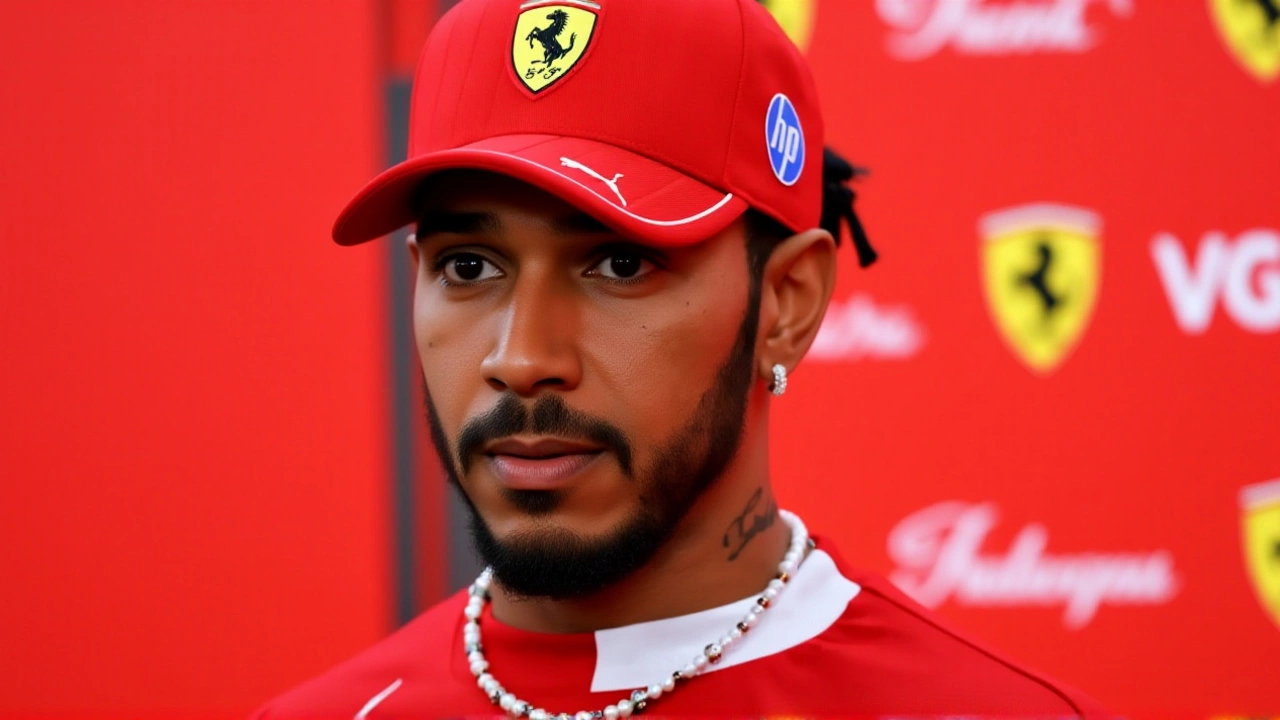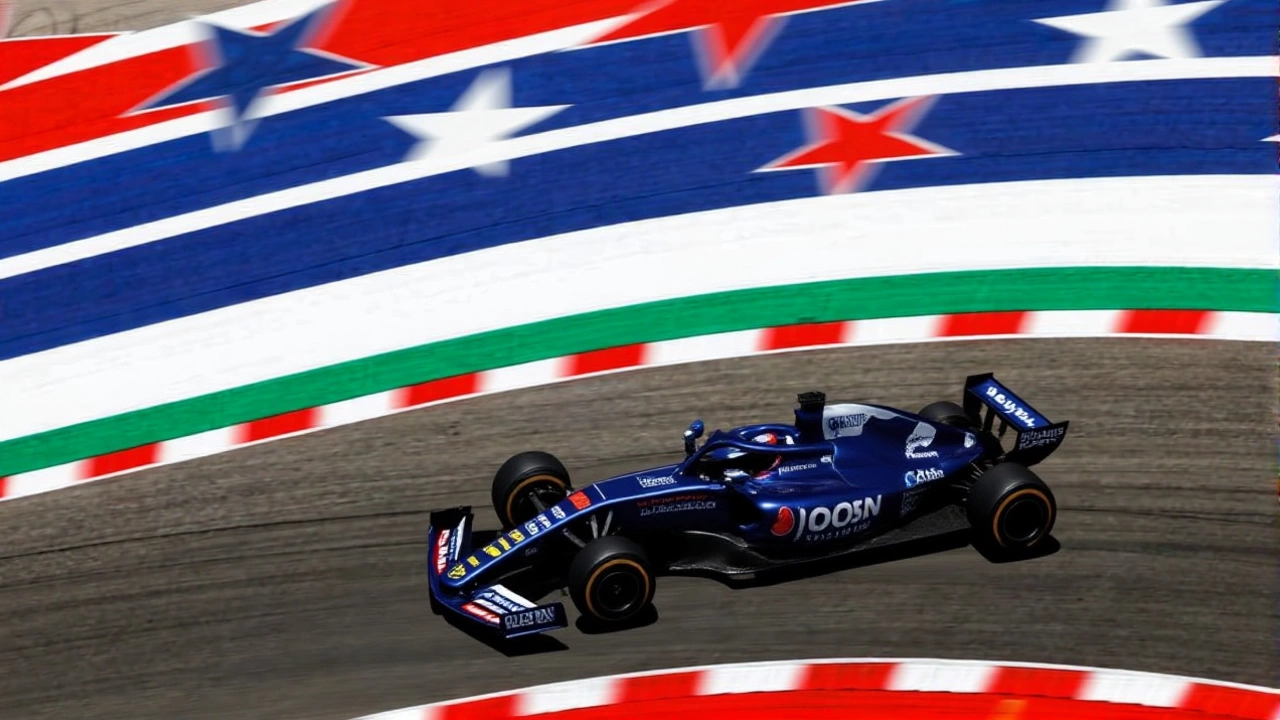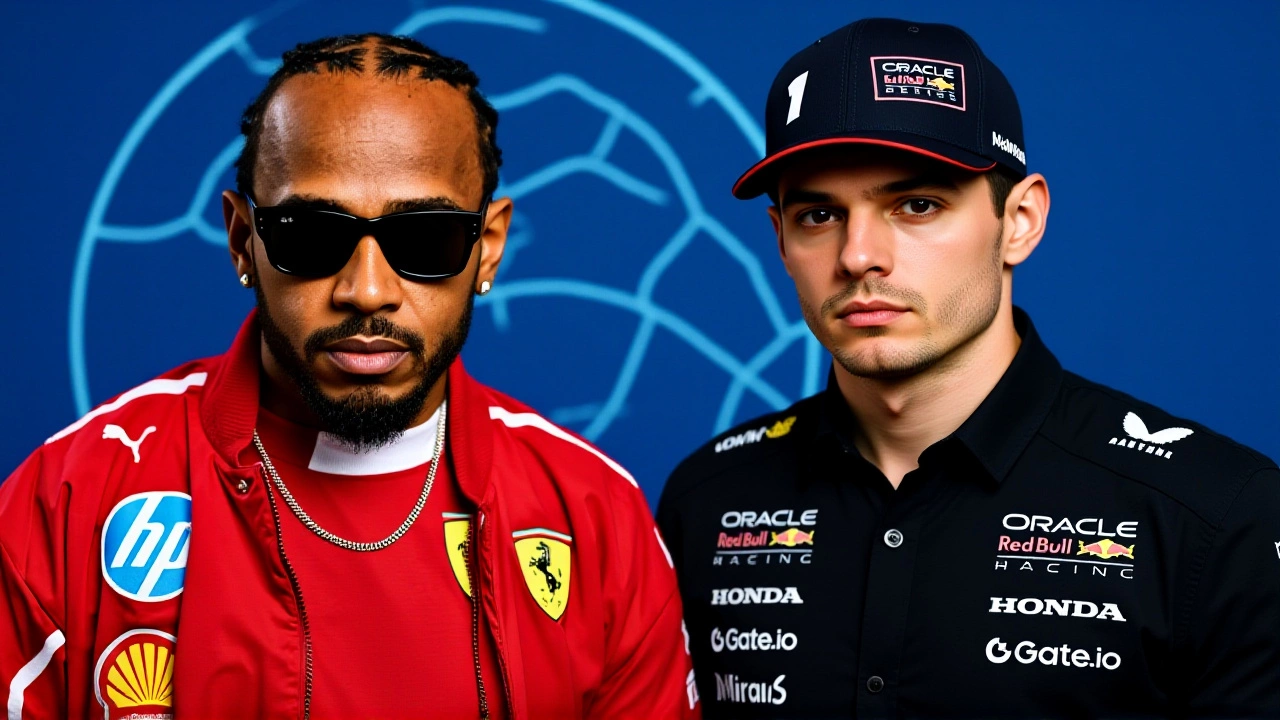When Lewis Hamilton, seven‑time Formula 1 World Champion and Max Verstappen, four‑time champion were handed an intense media grill ahead of the United States Grand Prix, the motorsport world took notice. The press sessions are slated for October 20‑22, 2025 at the Circuit of the Americas in Austin, Texas, after the Fédération Internationale de l'Automobile (FIA) formally summoned both drivers over a controversial Hungarian Grand Prix clash. This showdown isn’t just about two legends; it could reshape how the governing body polices on‑track aggression for the rest of the 2025 season.
Background: The Hungarian Clash That Sparked the Summons
On July 21, 2025, the Hungarian Grand Prix at the Hungaroring turned into a flashpoint when Verstappen, driving car 1 for Oracle Red Bull Racing, dove on the inside of Hamilton’s Ferrari at Turn 4 on lap 29. The move forced Hamilton, in car 44 for Scuderia Ferrari, into the run‑off area, dropping him from 11th to 12th while Verstappen rose to ninth.
Both drivers, along with team representatives, were summoned to a stewards’ hearing at 17:15 CEST immediately after the race. Hamilton waived his right to attend, a decision he later referenced in a post‑race interview questioning the delayed review process. Ferrari’s team principal, Frederic Vasseur, appeared on Hamilton’s behalf.
The stewards concluded there was no contact and that Verstappen’s maneuver, though “ambitious,” did not qualify as forcing another car off the track. The decision set a subtle precedent: aggressive overtakes may escape penalties if no physical interaction occurs.
Previous Flashpoints: Monaco Qualifying and Dutch Incident
That wasn’t the first time the two titans collided verbally. During the Monaco Grand Prix qualifying on May 25, 2025, Hamilton was accused of impeding Verstappen in Turn 3. A miscommunication from Ferrari race engineer Riccardo Adami led Hamilton to believe Verstappen was on a cool‑down lap, forcing the Red Bull driver to abort his flying lap. Verstappen called it a “massive impeding,” and Hamilton later issued a public apology in the paddock.
Later, at the Dutch Grand Prix on August 25, 2025, Hamilton faced a separate summons for allegedly ignoring a yellow flag during reconnaissance laps before crashing out. While he escaped a formal penalty, the incident added fuel to the fire surrounding his on‑track conduct this season.

FIA’s Investigation and Stewards’ Verdict
Following the Hungarian incident, the FIA released a detailed decision document. It noted that Verstappen had “gained momentum on Car 44 out of Turn 3 with fresher tyres” and chose to use the entire track on the exit, rather than leaving space for Hamilton. Ferrari’s representative emphasized the lack of contact, reinforcing the stewards’ final ruling of no further action.
Red Bull Racing, meanwhile, lodged a petition for review concerning a separate 10‑second penalty imposed on Hamilton for an earlier collision with Verstappen—though the specific race remains unidentified. The petition underscores the escalating legal maneuvering between the teams as they try to protect their drivers’ championship bids.
Upcoming Media Sessions at the US Grand Prix
The media grill is scheduled to take place at the United States Grand PrixCircuit of the Americas, Austin, Texas. Both drivers will face a barrage of questions from broadcasters, journalists, and analysts keen to dissect every nuance of the Hungarian clash and the broader rivalry.
Hamilton is expected to address why he chose to forgo the stewards’ hearing and how he views the FIA’s handling of driver conduct. Verstappen, on the other hand, will likely defend his overtaking philosophy and discuss Red Bull’s stance on the pending 10‑second penalty review.
Fans anticipate a charged atmosphere, with press corridors already buzzing about potential “psychological warfare” tactics—something not uncommon in high‑stakes championships.

Implications for the 2025 Championship
From a points perspective, the Hungarian incident barely shifted the leaderboard, but the narrative impact is massive. If the FIA adopts a more lenient view of aggressive moves, drivers may feel emboldened to attempt riskier overtakes, potentially raising the on‑track drama but also the likelihood of accidents.
Conversely, a stricter enforcement could force teams to recalibrate race strategies, especially in tight street circuits where overtaking windows are scarce. Both Hamilton’s and Verstappen’s championship aspirations hinge on how they navigate not just the races but also the off‑track battles with regulators.
Analysts also point out that the media scrutiny at the US Grand Prix could sway public opinion—a factor that sponsors and team principals keep a close eye on. In an era where branding is intertwined with driver personas, a misstep in the press room could echo in the boardrooms.
Frequently Asked Questions
How does the FIA’s ruling affect future on‑track aggression?
The stewards’ decision that Verstappen’s move was merely “ambitious” but not penalizable signals a more permissive attitude toward high‑risk overtakes, provided there is no contact. Teams may therefore push drivers to attempt bold passes, especially on circuits with limited passing zones, but they risk heightened crash probabilities and possible future regulatory clamp‑downs if accidents rise.
What are the potential outcomes of Red Bull’s 10‑second penalty review?
If the FIA upholds the penalty, Hamilton could lose valuable points, tightening the championship race. A reversal would boost Hamilton’s standing and could be cited as precedent for leniency in driver‑to‑driver incidents, potentially reshaping how penalties are applied this season.
Why did Hamilton waive his right to attend the Hungarian stewards’ hearing?
Hamilton argued that the delayed review process was illogical and that he was not concerned about the outcome, choosing instead to focus on upcoming races. His decision sparked debate about driver strategy in post‑race investigations and highlighted differing approaches to media management.
Which other drivers could be impacted by the FIA’s stance on aggressive racing?
Mid‑field rivals such as Charles Leclerc, Lando Norris, and Fernando Alonso may adjust their overtaking tactics, balancing the desire for podiums against the risk of penalties. A looser interpretation could benefit those who excel in daring moves, while a stricter regime could favor drivers with consistent, clean racing styles.
What does this media showdown mean for fans attending the US Grand Prix?
Fans can expect heightened drama both on and off the track. The press conferences are likely to be charged, offering rare insight into the drivers’ mindsets. This added narrative layer could increase viewership and attendance, as spectators are drawn to the personal rivalry as much as the racing action.
